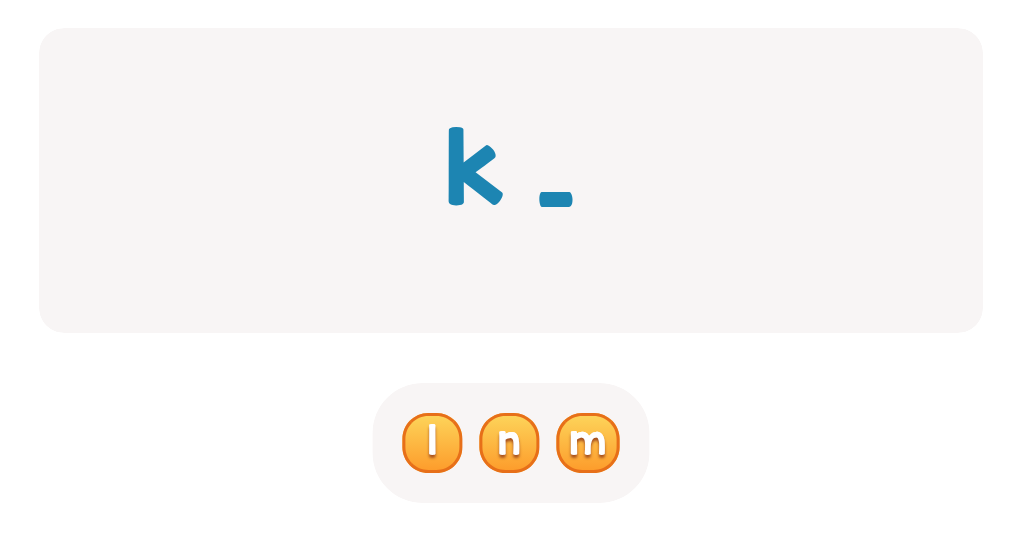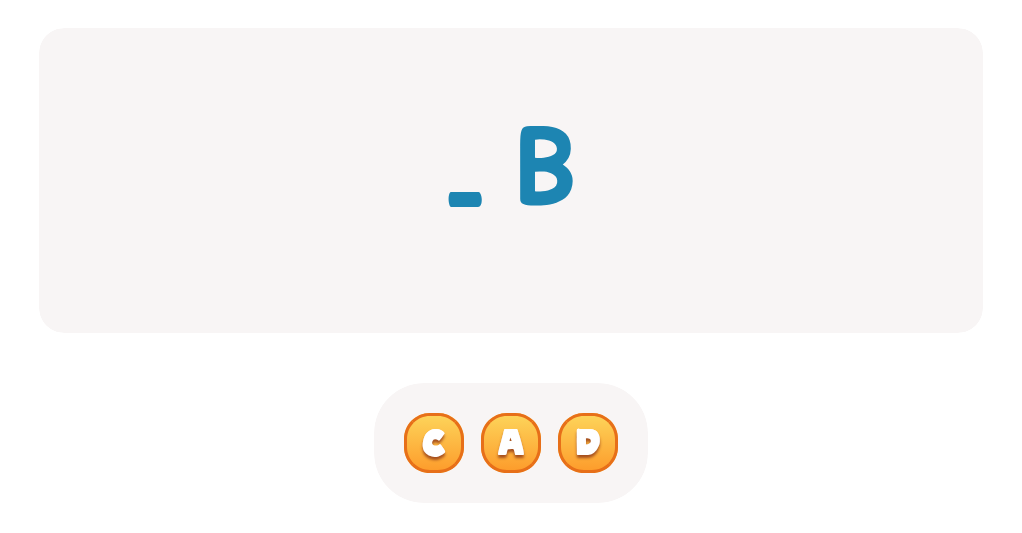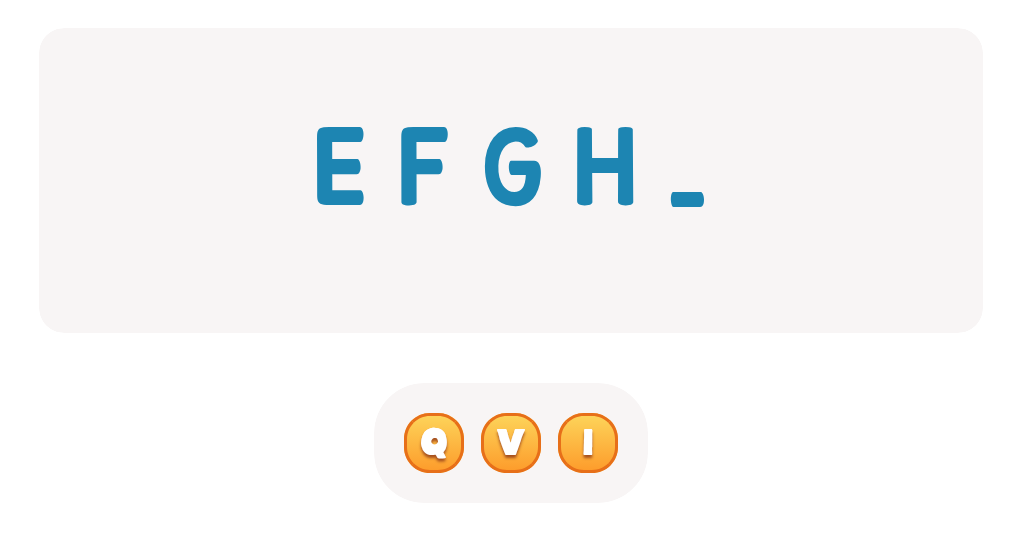Visual discrimination Normal Upper & Lowercase Letters Worksheets for Ages 6-9
4 filtered results
-
From - To
Enhance your child's alphabet recognition with our engaging Visual Discrimination Worksheets designed specifically for ages 6-9. These worksheets focus on normal uppercase and lowercase letters, helping young learners differentiate between similar-looking characters. Engaging activities promote essential visual discrimination skills vital for reading success. Each worksheet offers diverse and fun exercises that reinforce letter identification through captivating illustrations and interactive practices. Ideal for home or classroom settings, our materials foster independent learning while improving attention to detail. Download these effective worksheets today to support your child's literacy journey, paving the way for confident reading and writing skills!
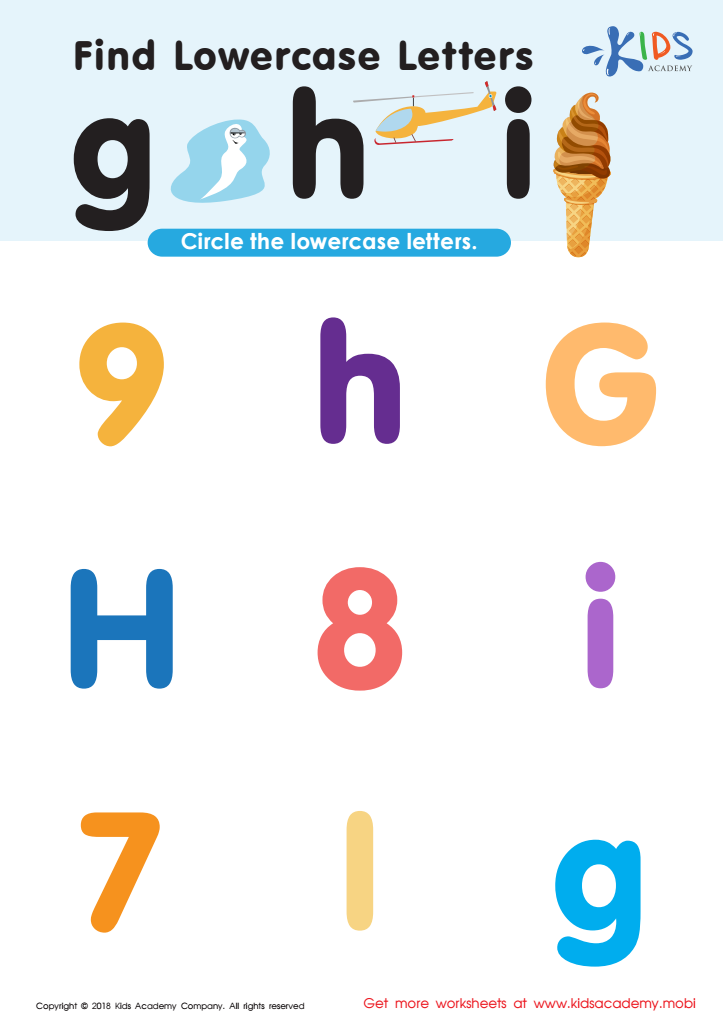

Find Lowercase Letters g h i Worksheet
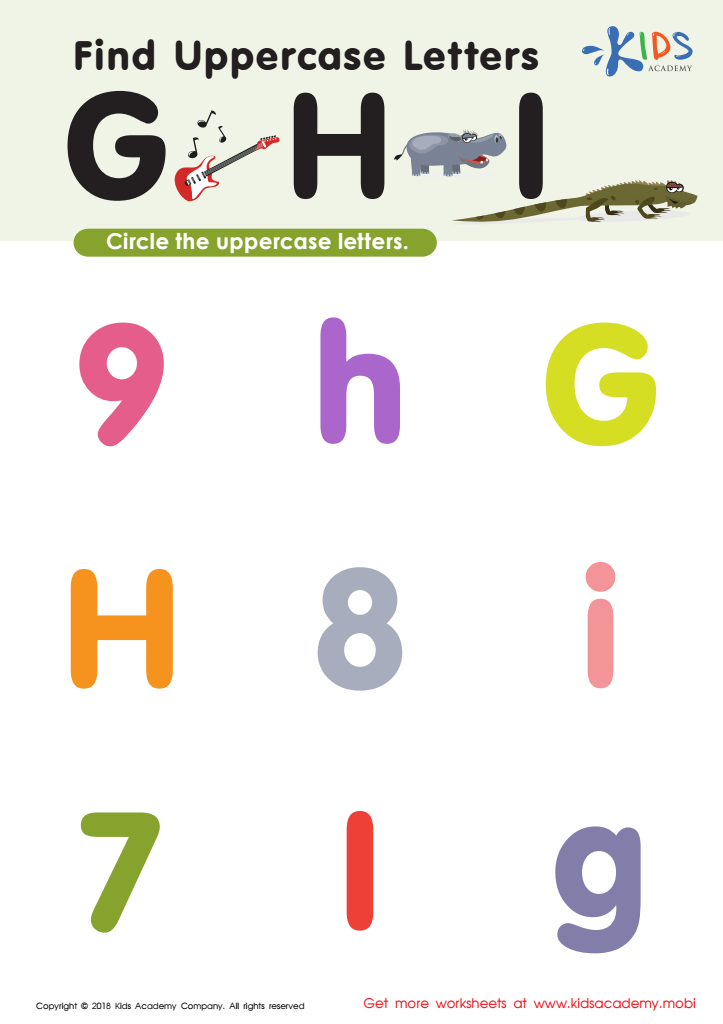

Find Uppercase Letters G, H, and I Worksheet
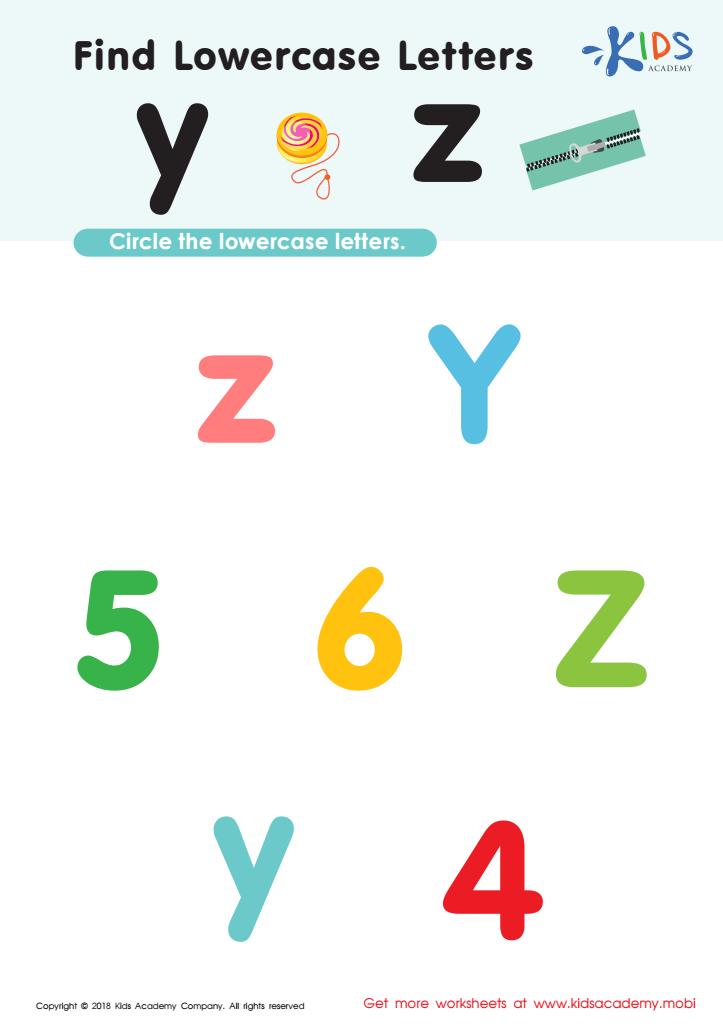

Find Lowercase Letters y z Worksheet


Find Uppercase Letters V, W, X Worksheet
Visual discrimination, or the ability to recognize differences and similarities in shapes, is crucial for young children, especially in the context of recognizing uppercase and lowercase letters. For children ages 6-9, mastering this skill significantly impacts their reading and writing development.
Parents and teachers should care about visual discrimination for several reasons. First, it lays the groundwork for successful reading acquisition. Children must be able to differentiate between letters that may look similar, such as 'b' and 'd' or 'p' and 'q'. These subtle differences can create confusion that hampers literacy skills.
Furthermore, strong visual discrimination skills contribute to improved writing practices. When students can accurately identify letter forms, they enhance their spelling and handwriting abilities, leading to clearer communication.
In addition, this skill fosters greater confidence in academic performance. Children who struggle with visual discrimination may experience frustration and disinterest in reading, while those who master it develop a love for literature, ultimately promoting lifelong learning habits.
Overall, focusing on visual discrimination helps cultivate better readers and writers, supporting children’s academic journeys and nurturing their confidence. Parents and teachers play a vital role in this developmental aspect, making it essential to understand its significance.
 Assign to My Students
Assign to My Students

